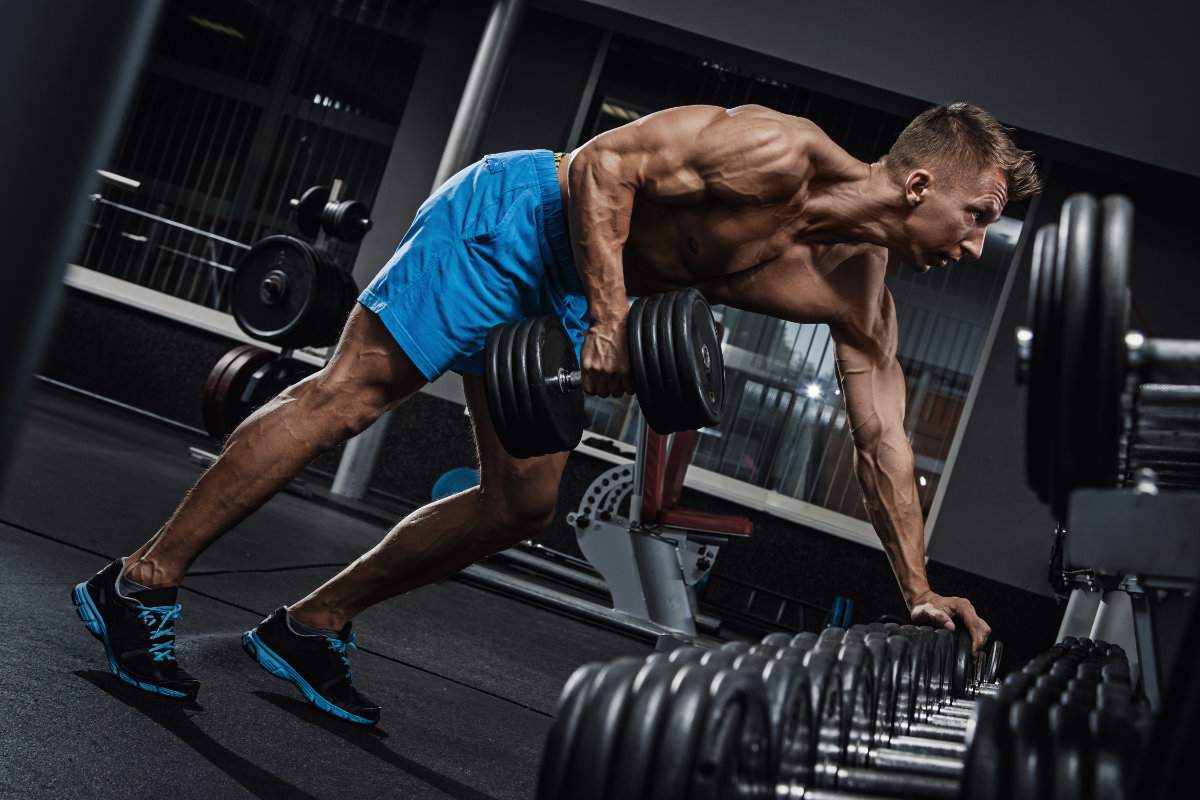A fun addition to Pilates classes, Gliding discs can challenge participants through multi-planar movement, says Zosha Piotrowski.
Designed as the centerpieces of a series of conditioning exercises that burn energy without having a strenuous impact on the body, Gliding discs are well suited to the Pilates environment, and can make an interesting addition to both classes and one-on-one sessions.
The gliders are essentially plastic discs that, when placed beneath the feet and hands, can create a challenge of resistance, balance and mobility to multiple planes. The gliders can be a great tool to add to your classes, as participants will love the extra challenge posed by using a new piece of kit. For instructors, it creates another way to explore movement and expand our current exercise repertoire.
Once participants have familiarised themselves with the feel of the gliders beneath their feet or hands they will realise that stability is a key focal point of this training. As with regular Pilates classes, our goal as teachers is to facilitate controlled movement and to ensure we have modifications ready for each exercise if participants start to lose form.
“The gliders can be a great tool to add to your classes, as participants will love the extra challenge posed by using a new piece of kit.”
| Carpet or floorboard? |
|---|
| If purchasing Gliding discs, be aware that they come in two styles – one for use in carpeted studios and one for floorboarded studios. |
The sequence
The gliders are a great addition to standing Pilates exercises. When planning sequences, think about the different planes of the body and how to explore three dimensional movement. Picture your body in a sphere and use that sphere to dictate all the different ways you can move hands, arms, feet, legs, spine and head to create an exercise.
Stage 1
Open up the frontal plane by reaching arm up (could also use both arms) and opening through the superficial front line. The forward glider can then be pushed back so the body is in a long lunge and the arms come down to the ground with the spine rounded, ready to lightly load the superficial back line. The glider helps to facilitate smooth rhythmical movement with the moving foot and creates stability through the leg with the stationary foot (photo 1).
Stage 2
The glider can be used in the lateral plane with the foot either forward and across or back and across with the bend in the upper body. This is also a great way to activate the glutes (photos 2, 3 & 4).
Stage 3
Balance can also be challenged through forward, backward and side-to-side skating movements (photo 5). Transferring weight from one foot to another as you slide from side-to-side or front to back, and increasing the speed, will challenge stability and co-ordination as well as creating a cardio component.
Stage 4
Keeping the 3D sphere concept in mind, utilise hip external and internal rotation by balancing on one leg and executing circles on the other. Experiment with the position of the foot, knee and hip, arms and rotation (photos 6, 7 & 8).
Stage 5
Traditional Pilates matwork can easily incorporate the glider, bearing in mind that the overload should not compromise alignment and control – especially when the glider is placed underneath the hands. Be mindful of wrists and elbow hyperextension and shoulder and scapula stability.
The traditional Pilates roll down sequence can incorporate the glider when the hands slide out to the leg pull prone position. Sliding forwards and backwards with the hands can add a great challenge for the core and scapula. Experiment with wide and narrow hand slides and circles as well as reaches forward and on the diagonal.
Remember to cue modifications if needed, e.g. lowering to the knees for leg pull prone. The glider can also be placed under the feet and the body stabilised as the feet move. This has the potential to cause considerable overload in the shoulder and neck, so it is essential to remind participants to keep the weight evenly distributed through the upper and lower body, and to look out for faulty alignment through the head, neck and spine (photo 9).
Stage 6
As a recovery move, the shell stretch provides a welcome rest, with the hands gliding in circles and semi-circles (photos 10, 11 & 12).
You can apply these moves, or variations on them, to the back extension series (with gliders placed under the hands) and to Pilates exercises in supine (gliders placed beneath feet). This fun and effective addition to your fitness class can offer lots of variation and interesting challenges – just play with them to discover new ways of moving and challenging the body!
Zosha Piotrowski, BSpSc (Exercise Science)
Zosha’s years of experience and intricate knowledge of the personal training industry have facilitated her journey to becoming a popular international presenter and key lecturer for numerous education and group exercise courses. A former Australian Fitness Network Presenter of the Year and writer and host of Pilates TV, Zosha now resides in Hong Kong where she focuses on working with special populations.


